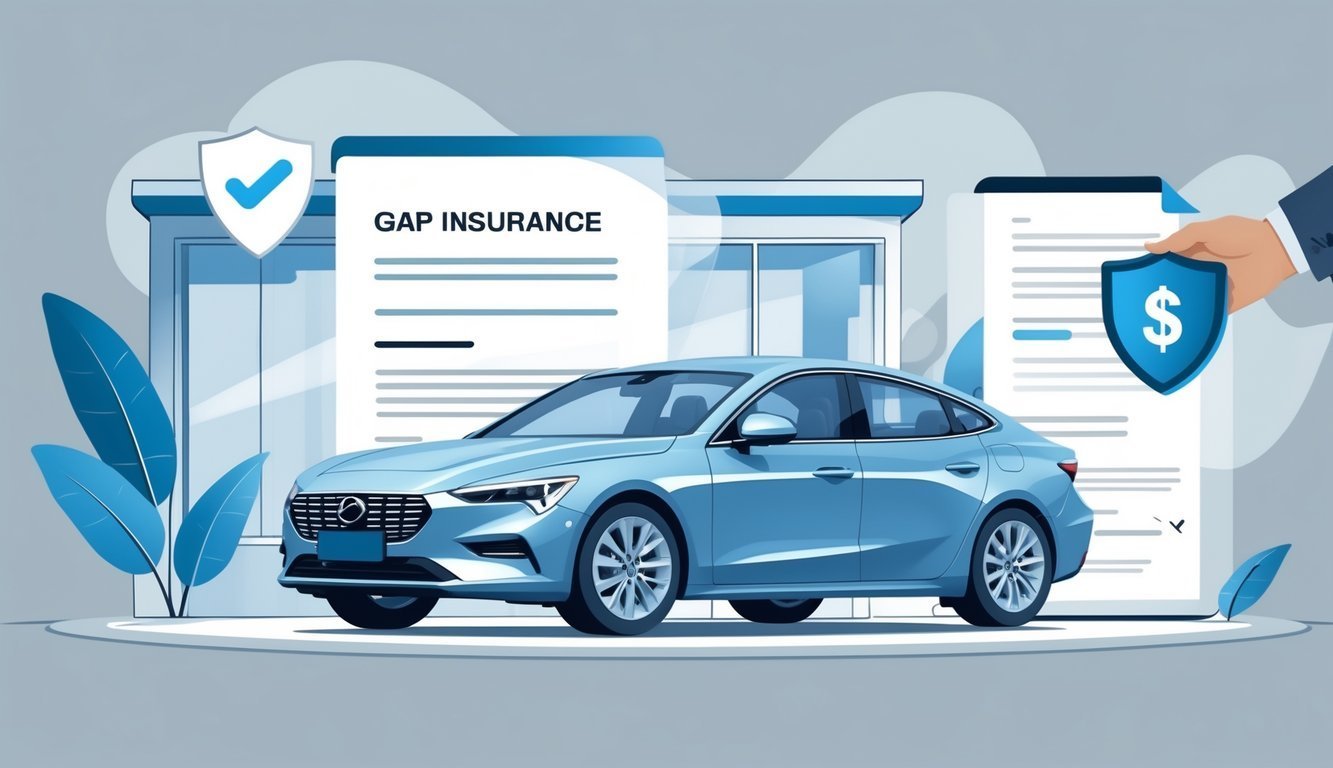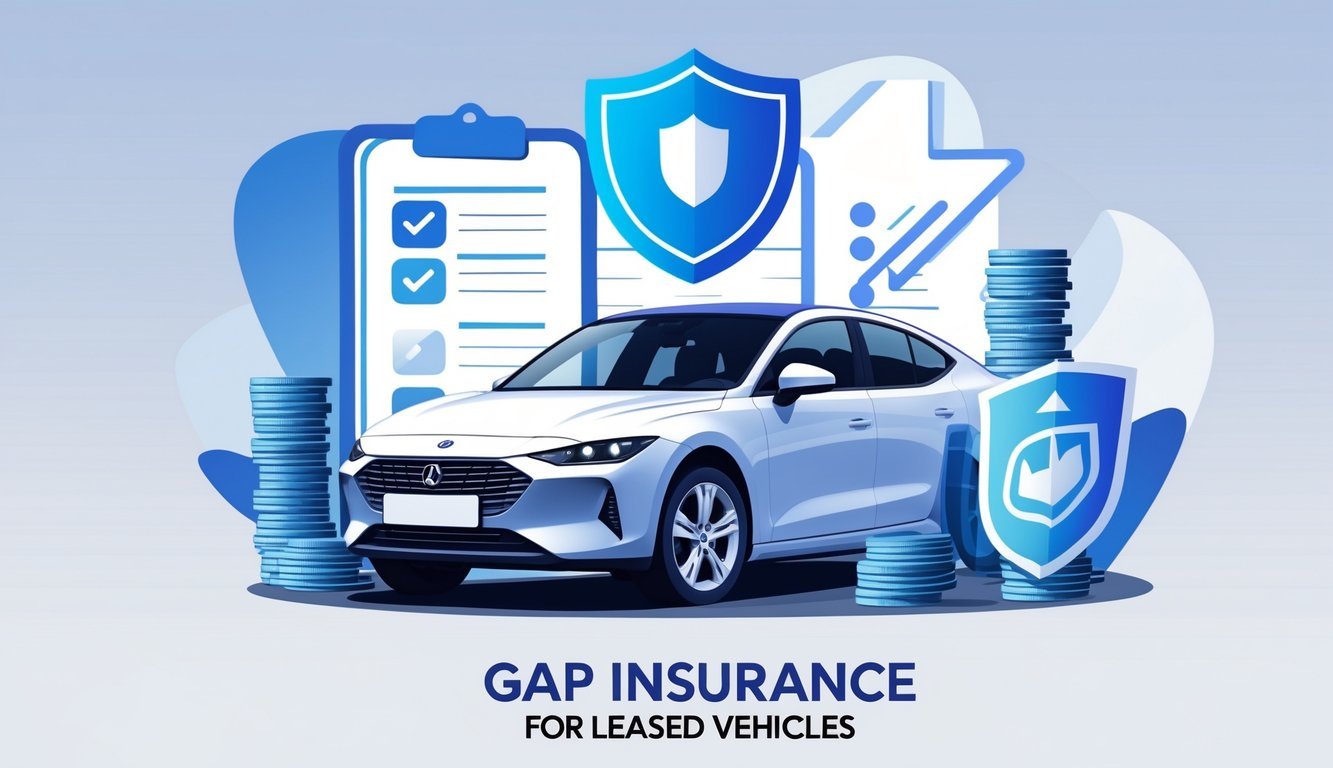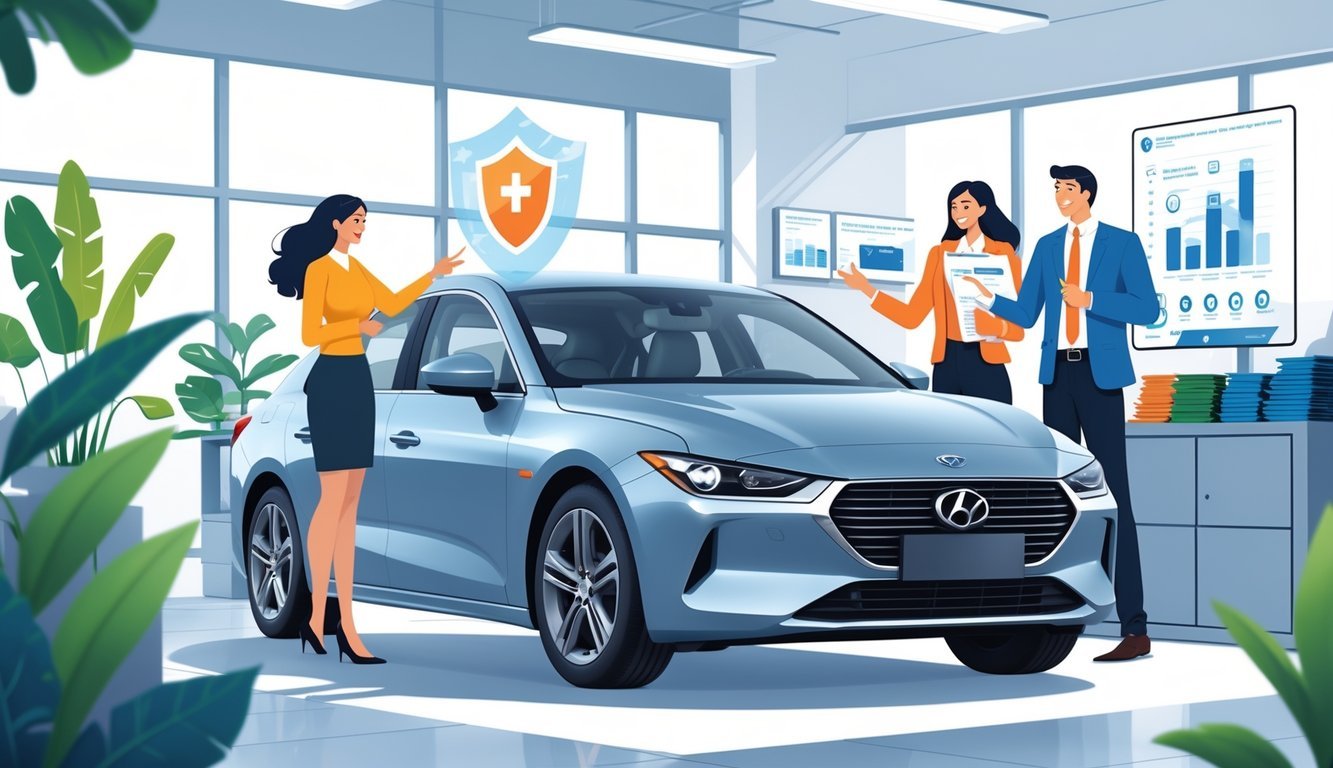PsychNewsDaily Publishers
100 Summit Drive
Burlington, MA, 01803
Telephone: (320) 349-2484
PsychNewsDaily Publishers
100 Summit Drive
Burlington, MA, 01803
Telephone: (320) 349-2484
Gap insurance covers the difference between a leased car's actual cash value and the remaining lease balance if the vehicle is stolen or totaled.

Leasing a car? You might be asking yourself if gap insurance is really necessary. Gap insurance steps in to cover the difference between your leased car’s value and what you still owe if your vehicle gets totaled or stolen. It can save you from paying out of pocket for a lease balance your regular car insurance won’t cover.
Lease agreements usually create a gap between the car’s cash value and your remaining payments. Without gap insurance, you could end up paying this gap yourself, even after losing the car.
Knowing how this works helps you decide if adding gap insurance to your policy makes sense.
Understanding gap insurance for leased vehicles lets you make smarter choices about your auto insurance. It can give you peace of mind and protect your finances in those unexpected moments when dealing with your lease.

Gap insurance covers the difference between what your leased vehicle is worth and what you still owe. If your car is totaled or stolen, it kicks in. You won’t have to pay out of pocket for the remaining lease balance after your insurer pays the car’s actual cash value (ACV).
When you lease a car, you make payments based on the car’s expected value over the lease term. If your car gets totaled or stolen, your regular insurance usually pays the actual cash value (ACV) at that time.
But your lease balance often sits higher than the ACV because cars depreciate so fast. Gap insurance pays the “gap”—the difference between the ACV and your unpaid lease amount.
Without it, you’d still owe the lender or lessor the remaining lease payments, even if you don’t have the car anymore.
Guaranteed Asset Protection (GAP) is a type of gap insurance for auto loans and leases. It’s not the same as standard collision or comprehensive insurance, which only pays up to the car’s actual cash value.
GAP coverage pays off your loan or lease balance when your vehicle is a total loss. Standard coverage won’t pay this gap, so you could get stuck with extra costs after a claim.
You can get gap insurance from a few places:
If you’re leasing, ask your dealership or insurer about gap insurance options and compare costs before you decide.

Gap insurance protects you from paying more than your car is worth if it’s totaled or stolen. It covers the difference between what you owe on your lease and your car’s actual cash value (ACV).
Knowing the costs, reasons for needing it, and possible alternatives can help you decide if gap insurance fits your needs.
When you lease a new car, it loses value quickly. This fast depreciation means your car’s market value can dip below what you still owe.
If your car is totaled or stolen, your regular insurance pays the current market value, not what you owe. That can leave you with negative equity—a balance you still have to pay, even though you no longer have the car.
Gap insurance steps in to cover this difference. Many lenders or banks require it as part of the lease agreement.
This coverage works alongside your full coverage car insurance, like collision and comprehensive, to help you avoid unexpected costs.
Gap insurance usually costs between $20 and $50 per year if you buy it from a car insurer. Some lenders or credit unions include it in your monthly lease payment, which might add $10 to $30 per month.
Factors that affect the cost:
Adding gap insurance to your existing car insurance policy is often cheaper than buying it separately.
Gap insurance isn’t always your only option. Some leases or new car warranties offer new car replacement coverage, which pays to replace your vehicle with a brand-new one if it’s totaled within a certain time frame.
You can also put down a larger down payment or make extra payments to reduce your lease balance faster and lower the gap risk.
Check if your full coverage insurance has any special clauses that help. Some insurers include gap coverage in their policy or offer it as an add-on.
Look over all lease penalties and fees closely. Canceling gap insurance mid-lease could lead to unexpected costs if something happens later.
Always get an insurance quote to compare rates before you buy.
Knowing your deductible, what your insurance payout covers, and your lender’s guidelines helps you make the right choice for your situation.

Gap insurance can be confusing. Here are a few common questions and answers to help you figure things out.
Check if your lease agreement already includes gap insurance. See how much coverage you need based on how fast your vehicle depreciates.
Make sure gap insurance actually covers the difference between what you owe and what your car is worth after an accident or theft.
Gap insurance usually costs between $200 and $700 for the full lease term. Some providers just charge a small monthly fee.
The exact cost depends on your vehicle’s value and your insurance company.
Plenty of people say gap insurance saved them money after their leased car was totaled. Others mention it’s worth it when the car loses value quickly.
Some folks recommend checking your lease papers carefully so you don’t pay twice for coverage.
Your lease agreement should say if gap insurance is included. You can also ask your leasing company or insurance agent.
Sometimes, gap insurance gets added automatically when you lease a car.
Full coverage insurance pays for repairs or replacement but only up to your car’s market value. If you owe more than the car is worth, gap insurance pays the rest.
If your loan or lease balance is close to or less than your car’s value, you might not need gap insurance.
Some Tesla leases already come with gap insurance, but it’s best to check with your dealer or reach out to Tesla just to be sure.
Since Tesla vehicles can drop in value pretty fast, you might want to consider gap insurance even if nobody says you have to get it.